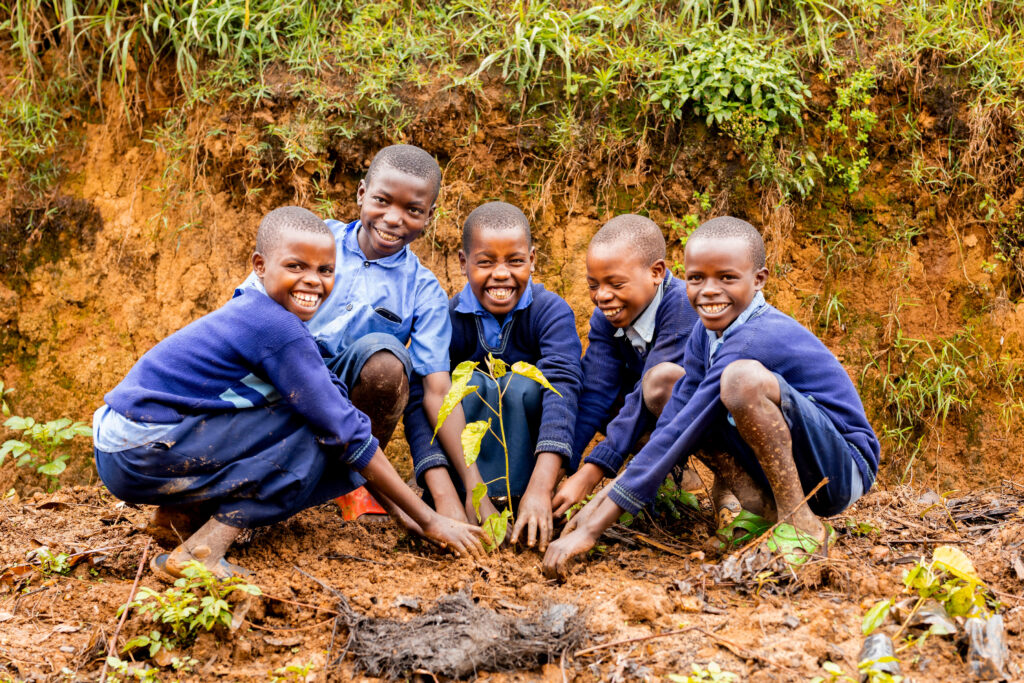

Adapting to a changing climate starts with empowering communities to take part in shaping their future. Climate change is reshaping the way people live, Health, grow food, and care for their environment. Its effects are felt most by those with the fewest resources, making it harder to maintain daily life and long-term wellbeing.At Prime Biodiversity Conservation, this area of focus addresses the urgent need to support communities most affected by climate impacts and often lacking access to the resources needed to adapt.
Through promotion of adaptive practices, and strengthening local capacity, we support communities to not only cope with current challenges but to build more secure and dignified futures. This program also places strong emphasis on inclusive participation, ensuring that those often left behind—such as women, People with disabilities and youth—are central to local climate action and decision-making.


Thriving ecosystems are essential to balanced environments and the wellbeing of communities, particularly in regions where people depend directly on nature for their livelihoods. Our work is rooted in protecting and restoring biodiversity by strengthening public awareness, education, research and community engagement. It focuses on reconnecting people with the natural world, while promoting behaviors that reduce environmental harm.
Through creative outreach, collaboration with conservation experts, and targeted community-driven efforts, We foster a culture of care and responsibility toward species and ecosystems. The goal is to ensure that the richness of life on land and in water is preserved not only for today, but for generations to come.


Healthy land is the foundation for thriving communities and resilient ecosystems. This focus area supports the revival of degraded landscapes through nature based solutions. We combine local knowledge with tree planting, Terracing, agroforestry, and community involvement. It champions the use of indigenous species that restore ecological balance while creating opportunities for learning, collaboration, and improved livelihoods. By bringing together farmers, children, religious leaders, local leaders, policy makers which turns restoration into a shared, long-term commitment to the environment.